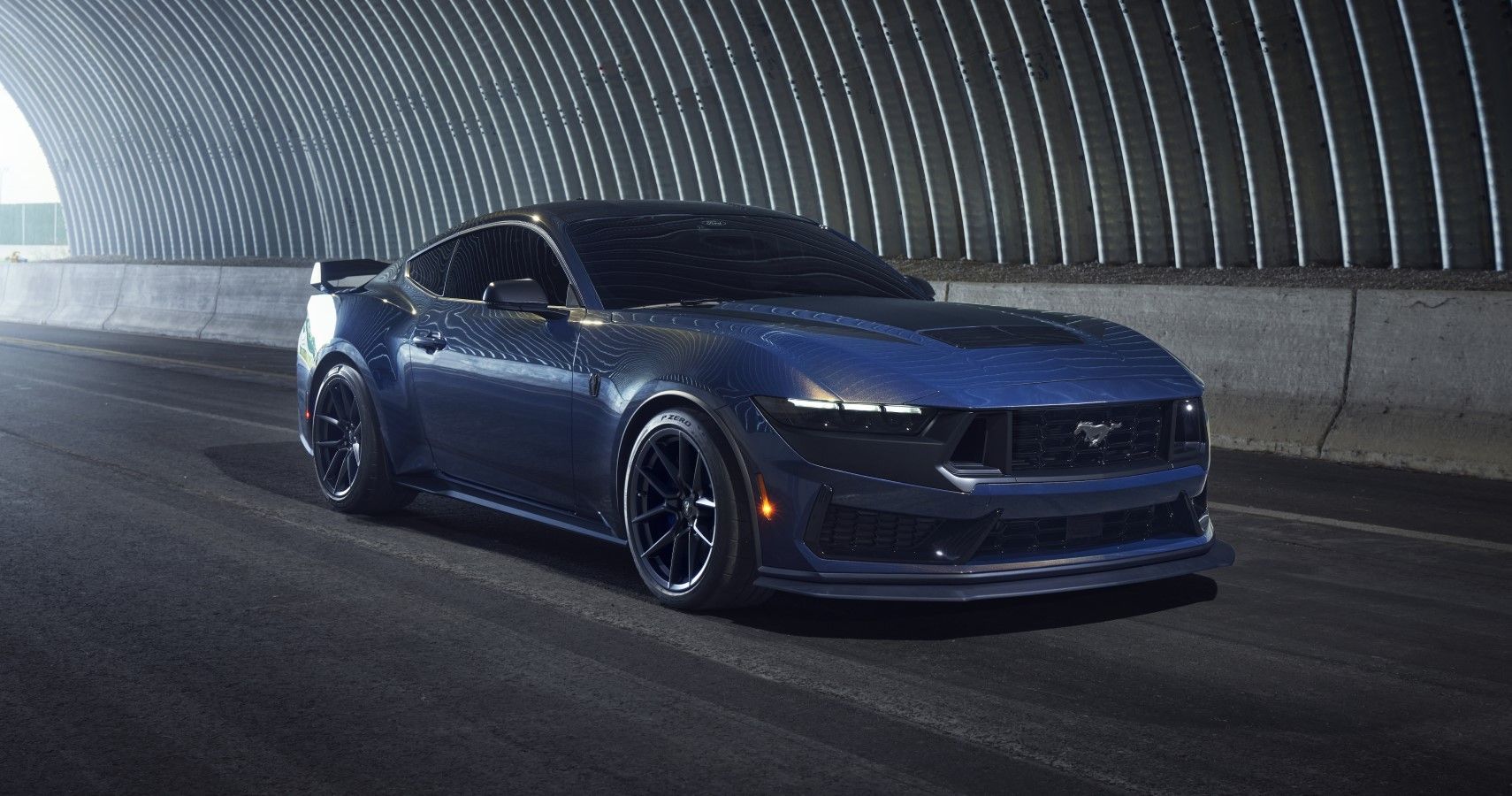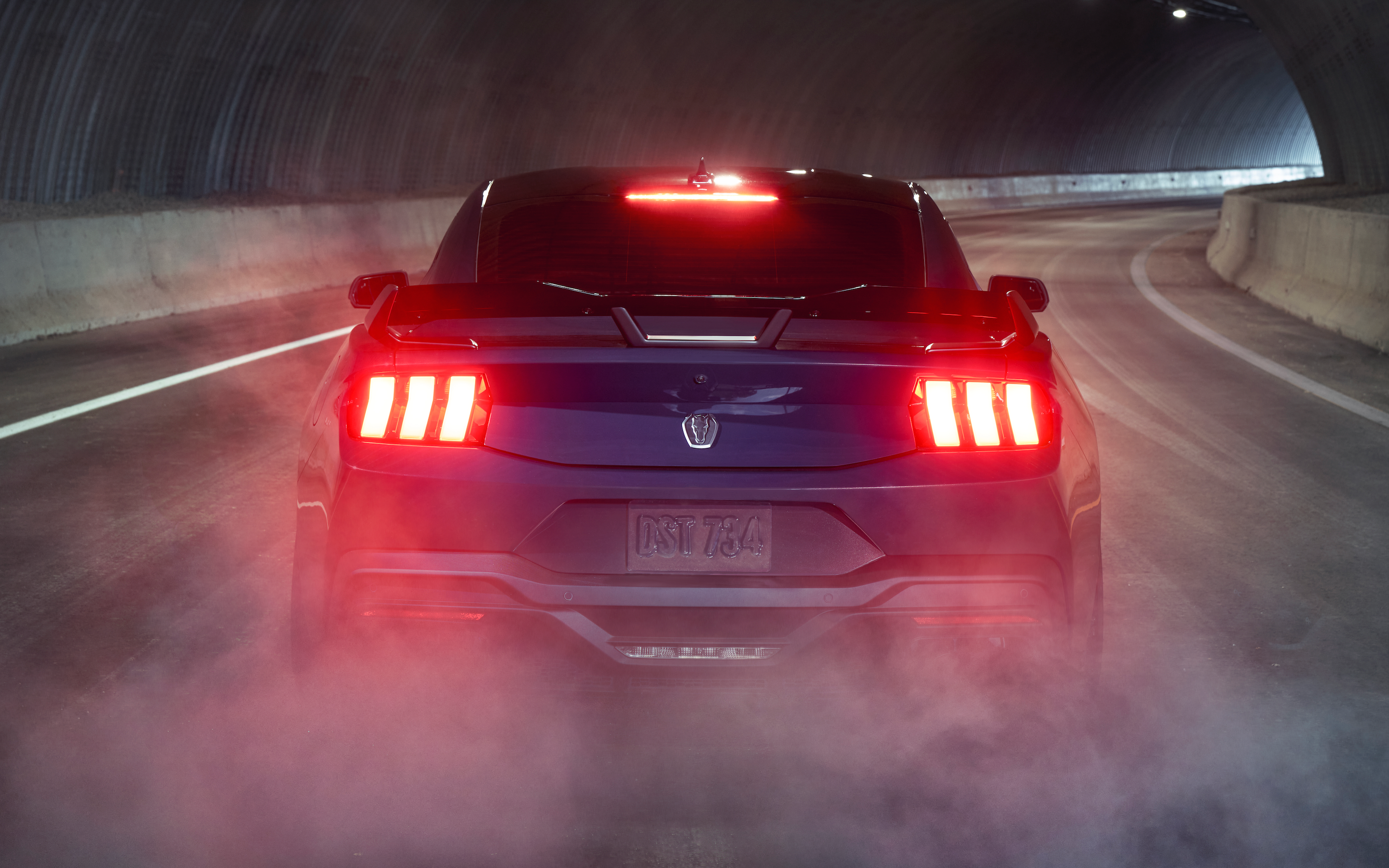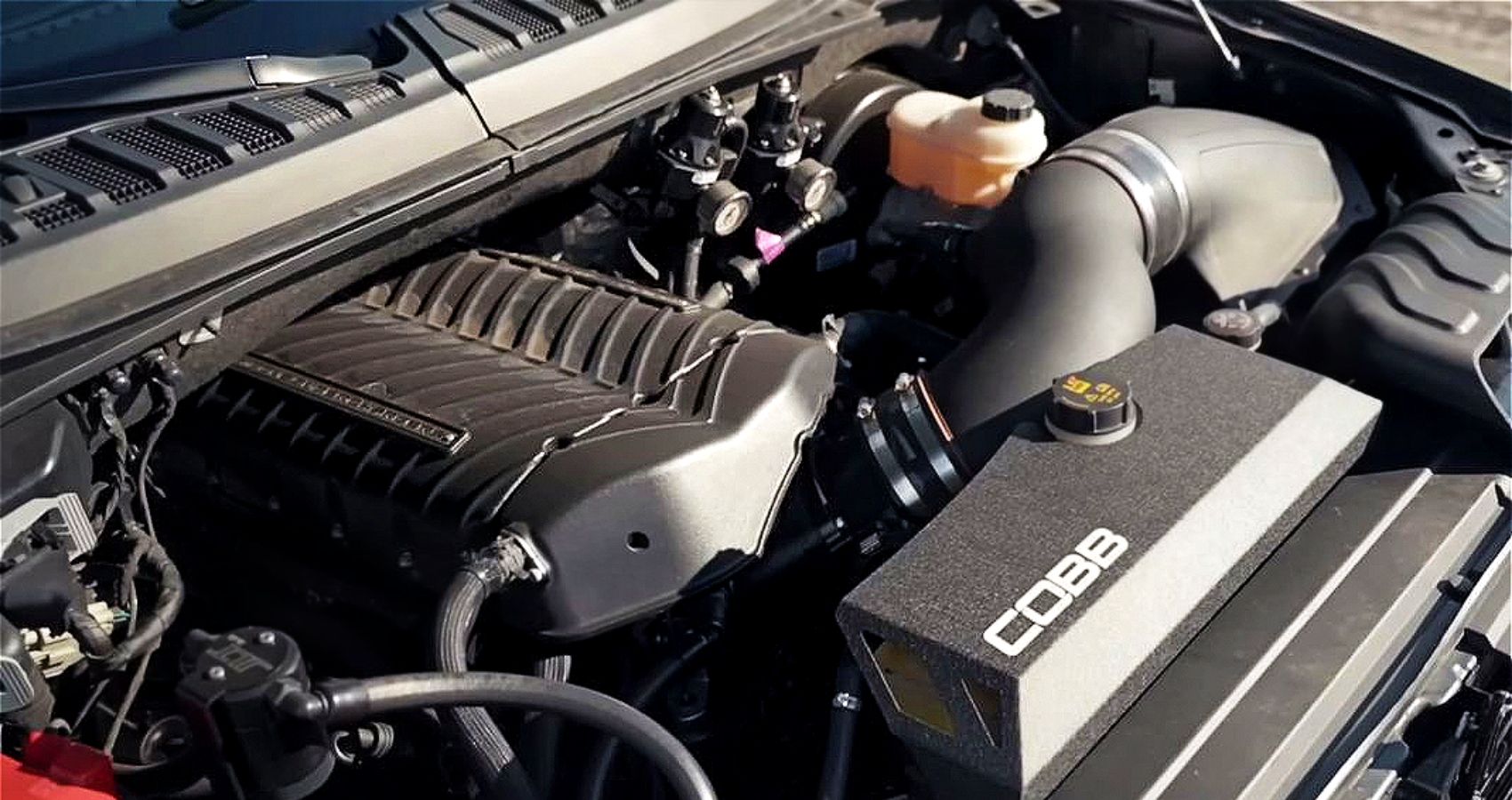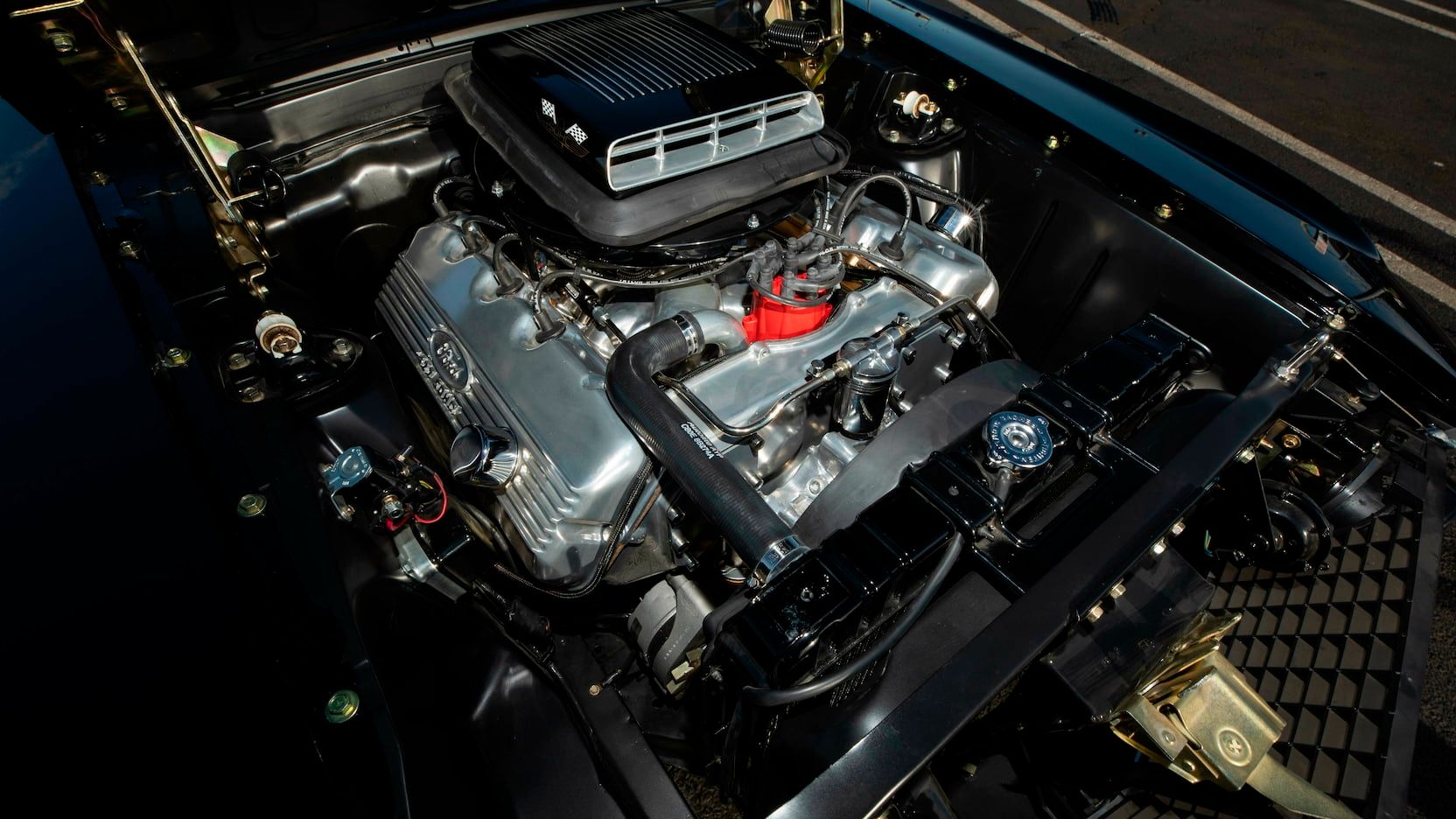Ford takes the production of its muscle and pony cars seriously and has pulled out all the stops over the years to ensure they have every edge over its nearest competitors. With this point in mind, it is no surprise that Ford uses the highly reliable Coyote V8 engine in its muscle cars and highly popular Ford F-150 pick-up trucks.
Since its inception in 2011, the Coyote engine has been a household name among gearheads, restomod, and hot rod lovers as they all marvel at the superior performance of the Coyote V8 engine. In particular, the 5.0 liter V8 engine is extremely popular with Ford Mustang enthusiasts.
The Coyote V8 engine was designed for Mustang GT so that it could compete with the GM 6.2 liter LS3 engine that was fitted in muscle cars from Chevrolet.
The Coyote inherited its name after the inaugural Ford that was fitted with a four-cylinder V8 engine, which was a race car that enjoyed much success and was driven by AJ Foyt. AJ started driving the Coyote in ’67, which was a total beast of a car.
Ford Coyote V8 Engine Is Good And Keeps Getting Better
The Coyote V8 engine is a Goliath and follows in the footsteps of the car it was named after. The Coyote engine is a modular engine that first became popular in the early ‘90s due to the fact that they were easy to modify, which made them extremely popular among restomod and hot rod enthusiasts.
In fact, the first Coyote engines were capable of generating so much power that Ford had to devise a way to solidify the engine walls. According to early testing, the 5.0 liter V8 engine was capable of producing as much hp as that of the 6.4-liter Hemi and was much more dependable to boot.
As great and as dependable as the Coyote V8 engine is, Ford has also introduced unique edition versions for each of the three generations, with a fourth generation on the way. One of the most popular special editions was during the first iteration of the Coyote V8 engine, which was fitted in the Boss 302 and produced a whopping 444 hp version of the Coyote, which was affectionately named the ‘Roadrunner.’
The second and third-generation Coyote V8 engines featured significant improvements. Still, it is the fourth-generation Coyote V8 engine that is fitted in the Mustang Dark Horse, which will be released in 2024 and is set to steal the show. The fourth generation Coyote V8 engine will deliver 500 hp and 415 lb-ft torque, making it the most impressive Coyote V8 engine yet.
The Coyote V8 Engine Is Extremely Versatile
The Coyote V8 engine is known for its power and versatility, and it is held in high esteem by restomod enthusiasts due to the fact that the modular engine makes it easy to use. The modular engine makes it easy to place them into older Mustangs in a process that is often referred to as Coyote swapping.
In fact, the first iterations of the Coyote V8 engine were capable of producing 412 hp and 390 lb-ft of torque, which were quite impressive numbers. If that was not impressive enough, the third version of the Coyote V8 engine was released in 2018 and was capable of producing an off-the-charts 460hp and 420 lb-ft torque;
The Coyote V8 Engine Has A Secret Ingredient
Like any car or engine that rises above its competition, it usually has one or two features that allow it to elevate itself above its competitors. In the case of the Coyote engine, it is its Twin Independent Variable Cam Timing or VCT, as it is more commonly referred to in the automotive world.
The VCT facilitates increased fuel economy and also produces lower emissions, producing a win-win for any car that it is fitted in. One of the most salient parts of the VCT is that the intake and exhaust camshafts can be independent of each other, which facilitates the dynamism of the lobe separation angle. With the VCT, you get the best of both worlds as the lobe separation angle changes as the RPM fluctuates on the engine.
In effect, this change in the lobe separation angle correlates to the cylinder pressure, which pertains to the hp and torque that the engine produces. If any gearhead is considering purchasing a Coyote engine, the best advice is to purchase as new as your budget allows, as Ford improved the Coyote with each generation.
The only downside with the Coyote engine is the poor fuel consumption. One can expect 14-17 MPG in the city under normal driving conditions; then again, who wants to drive a 5.0 liter V8 engine under normal driving conditions?




